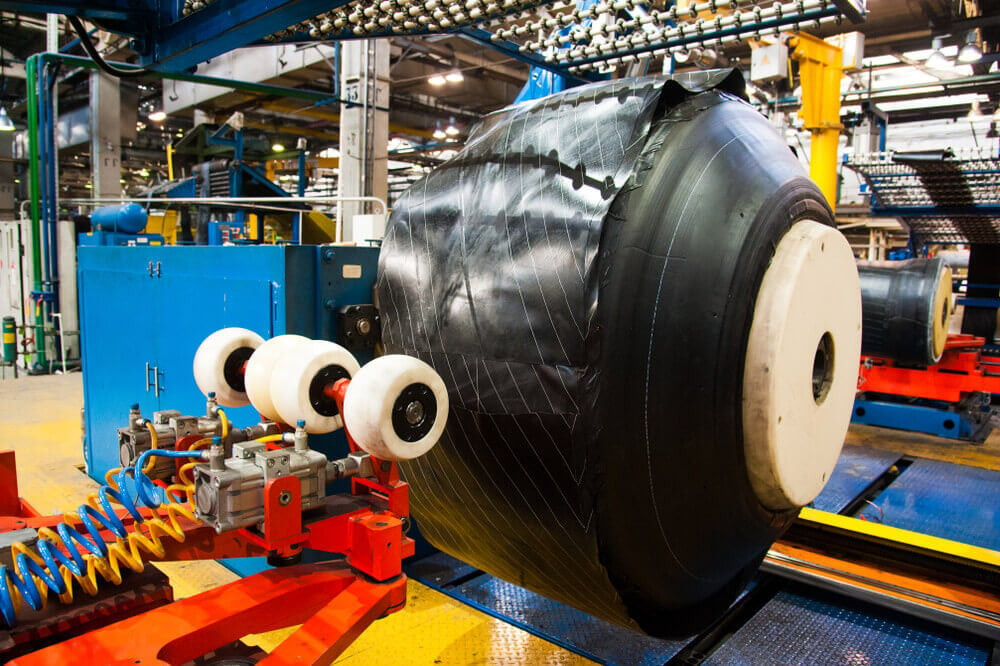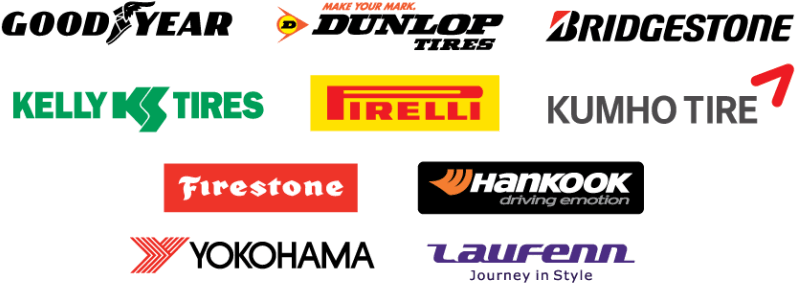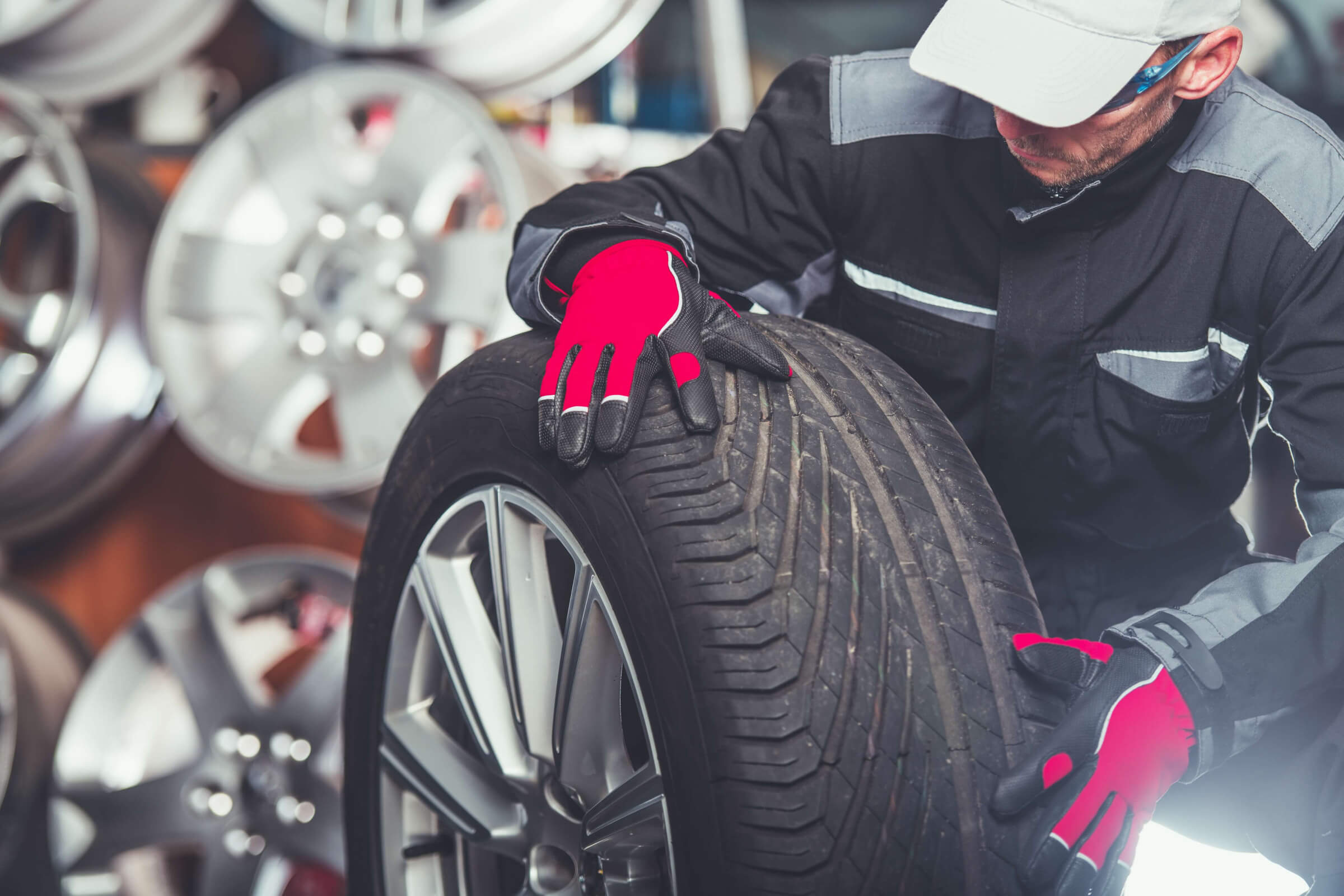The modern tire is more than just a rubber cylinder. It is the product of more than a century of development that combines all spheres of technology to give us the most comfortable and safe experience when taking a ride. This probably explains the complexity of the structure of a tire, whose multiple layers have been designed to provide the highest traction while maintaining its strength. Understanding the way your tires are made will allow you to take better care of them and perhaps even make a better choice for your next purchase.
The well-known tread, for example, is the surface that comes in contact with the road. It’s the tread that provides traction for your vehicle. As you can understand, it has to be made of very strong material to hold up for thousands of miles. However, the rubber also needs to be relatively soft in order to absorb shocks and provide better handling. Its thickness can be a good indicator of the wear of your tire.
No rubber only!
Underneath this rubber band, to ensure the rigidity of your tire’s structure, there are different layers of metal and textile, called plies. The crown plies are made of high-strength steel cords and are located directly under the rubber. They prevent the tire from stretching too much under centrifugal forces. Their fibres are bonded to those of the breaker ply, a woven layer of textile cords that is the heart of the tire structure. An average tire can hold 1,400 wires! Finally, in the centre is a synthetic rubber inner tube. It must be very airtight because it has to withstand an average of 35 pounds of pressure per square inch.
To protect this fragile centre, the tire is covered with rubber sidewalls that prevent shocks and scratches. These are made of a stiffer rubber that gives much better contact with the rim. To attach to the said rim, the tire is equipped with attachment rods whose padding allows more efficient transmission of braking power and engine torque.
Although there are all sorts of different rubber, structures and materials combinations on the market, what you’ve just learned will always be useful. In fact, from the least luxurious to the most upscale tires, they all (or almost all) follow this basic pattern. The next time you make a purchase, at least you’ll know precisely what’s going on!






